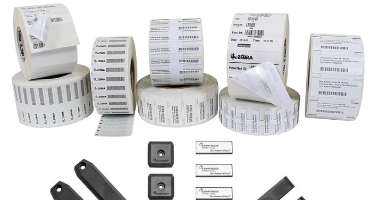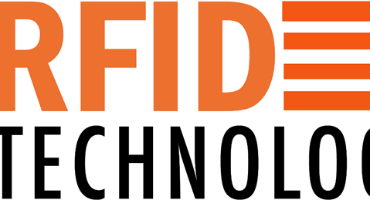However, here are some key considerations for selecting an optimal UHF RFID tag labeling solution:
RFID Tag Label Format and Size: Consider the size and format of the UHF RFID tags that best suit your application and the items you need to label. There are various options available, such as adhesive labels, hang tags, or specialized form factors for specific applications like on-metal tags or tags for high-temperature environments.
RFID Tag Label Readability and Performance: Ensure that the UHF RFID tag labeling solution provides reliable and consistent read performance. Evaluate the read range, tag sensitivity, and anti-collision capabilities to ensure that the tags can be read accurately and efficiently in your specific environment.
RFID Tag Label Durability and Environmental Resistance: Choose UHF RFID tags that are designed to withstand the conditions of your application. Consider factors such as temperature, moisture, chemicals, UV exposure, and physical impacts. Select tags that offer sufficient durability and resistance to ensure their longevity in your specific environment.
RFID Tag LabelAdhesive Quality and Attachment Method: If using adhesive UHF RFID labels, consider the quality of the adhesive to ensure it adheres well to the items you are tagging. Evaluate the adhesive's compatibility with different surfaces, such as plastics, metals, or fabrics. Additionally, consider the attachment method (adhesive, tie, screw, etc.) depending on the nature of the items you are labeling.
RFID Tag Label Printing and Encoding Options: Determine whether you need to print or encode information on the RFID labels. Some UHF RFID label solutions allow for on-demand printing and encoding of information such as barcodes, serial numbers, or custom data. Ensure compatibility with your existing printing systems or consider the availability of specialized printing and encoding equipment.
RFID Tag LabelCompliance with Standards: Verify that the UHF RFID tag labeling solution complies with relevant industry standards, such as EPC Gen2 or ISO 18000-6C. Compliance ensures interoperability and compatibility with RFID readers and systems across the supply chain.
RFID Tag Label Scalability and Cost: Consider the scalability of the labeling solution, especially if you anticipate future growth or increased tagging volumes. Evaluate the cost-effectiveness of the solution, including the price of the tags, scalability options, and the overall return on investment (ROI) for your application.
RFID Tag Label Integration with Existing Systems: Assess the compatibility and integration capabilities of the UHF RFID tag labeling solution with your existing systems, such as inventory management, asset tracking, or supply chain management software. Ensure that the solution allows for seamless data exchange and integration to maximize the benefits of RFID technology.
It is recommended to consult with RFID solution providers or vendors to discuss your specific requirements and evaluate the available options. Conducting pilot tests and evaluating sample tags can also help determine the best UHF RFID tag labeling solution for your application.



